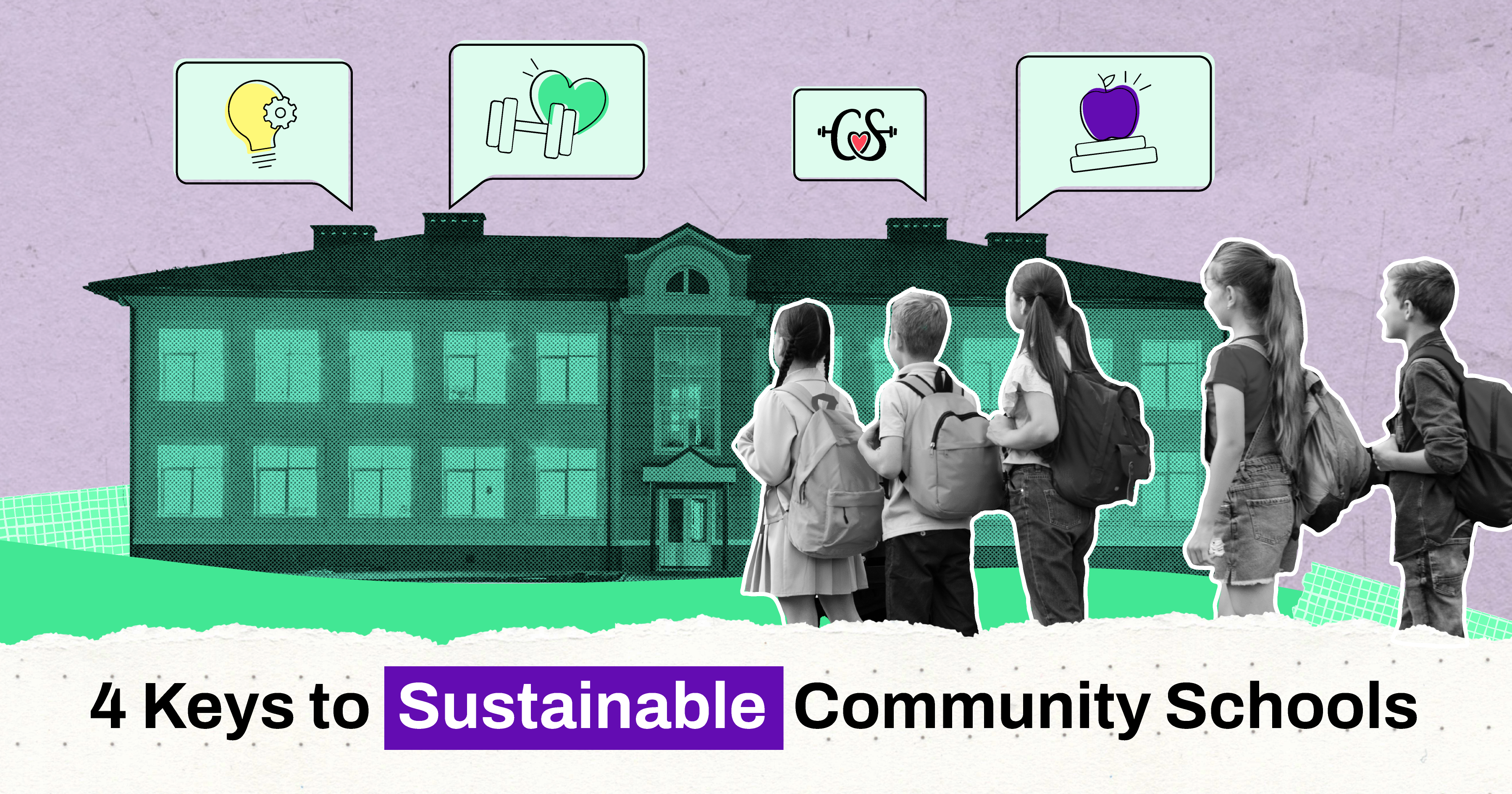Community Schools: Why, What, How
Community Schools: What, Why, and How?
At CharacterStrong, we recently hosted a webinar exploring a topic that sits at the heart of transforming education: Community Schools. Whether you’re new to this concept or looking to refine and scale your efforts, this conversation unpacked everything from the “why” behind this approach to actionable steps for getting started.
Why Community Schools?
The short answer: because our students deserve it.
Community Schools address the whole child, recognizing that academic struggles are often tied to social, emotional, and environmental barriers. A staggering majority—up to 80%—of students who struggle academically also face social-emotional and behavioral challenges. Socioeconomic status is a significant predictor of academic achievement, and when schools lack family engagement or a positive climate, these challenges are magnified.
Community Schools aim to flip the script by focusing on Social Determinants of Health—the conditions in which people live, learn, and grow that affect their quality of life. By addressing both risk factors (such as food insecurity or lack of belonging) and protective factors (like strong relationships and extracurricular involvement), Community Schools help bridge the gap between unmet needs and student success.
In short, students can’t benefit from supports they don’t have access to—and that’s where Community Schools shine, by becoming the hub of opportunity and care.
What is a Community School?
Community Schools aren’t new. In fact, they’ve been part of education for over 125 years. They’re built on a foundational belief: schools should serve as community hubs, offering not just academic instruction but also social, emotional, physical, and mental health supports.
At CharacterStrong, we frame this as a whole child approach. When students walk into school, they bring a range of needs with them—academic, behavioral, emotional, and basic human needs like safety and nutrition. Community Schools seek to integrate supports across these domains under one roof, increasing access to services where students already are: school.
The Four Pillars of Community Schools
-
Collaborative Leadership and Practice
Successful Community Schools foster collaboration among school leaders, educators, families, students, and community partners. A shared vision and collective efficacy—believing “we got this”—are crucial to creating sustainable change. -
Integrated Student Supports
Schools serve as an access point for services that meet students’ academic, social, emotional, and basic needs. From mental health services to family resource centers, integration is key. -
Expanded Learning Opportunities
Out-of-school time (OST) programs—such as after-school activities, weekend events, and summer learning—are linked to higher academic achievement and stronger social-emotional development. These opportunities provide safe spaces that prevent learning loss and reduce risky behaviors. -
Family and Community Engagement
Building trust and fostering two-way communication with families and community organizations is vital. Relationships remain at the core of this work, ensuring families feel heard, valued, and engaged.
How to Get Started: A 3-Step Blueprint
We know Community Schools work can feel daunting, so here’s a simplified roadmap to help you begin:
Step 1: Establish a Collaborative Leadership Team
Create a team that includes school staff, students, families, and community partners. Collaboration is key—no one can do this alone. Strong, diverse teams aligned around a shared mission will drive the work forward.
Step 2: Conduct a Community Resource Assessment
Map out your existing services and supports. Where are your gaps? What external partners can help? Think beyond what's geographically close—remote organizations can still serve as valuable partners.
Step 3: Strengthen Your School’s Multi-Tiered System of Support (MTSS)
A robust MTSS framework supports all students across academic, behavioral, and social-emotional domains. Use tools like Character Strong’s MTSS audit and improvement templates to identify where you can bolster tiered supports.
A Final Thought: It’s All About Relationships
Community Schools work hinges on relationships. The strongest supports in the world won’t make a difference if students don’t feel connected to caring adults, if families don’t trust the school, or if partnerships with the community aren’t nurtured.
This isn’t a one-and-done effort—it’s a continuous commitment to evolving alongside the needs of your students and community.
Ready to Dive Deeper?
At CharacterStrong, we offer coaching, tools, and curriculum to help schools bring the Community Schools model to life. Whether you need help building your leadership team, conducting an MTSS audit, or implementing whole child supports, we’re here to partner with you. Book a call with our team to get started today.

